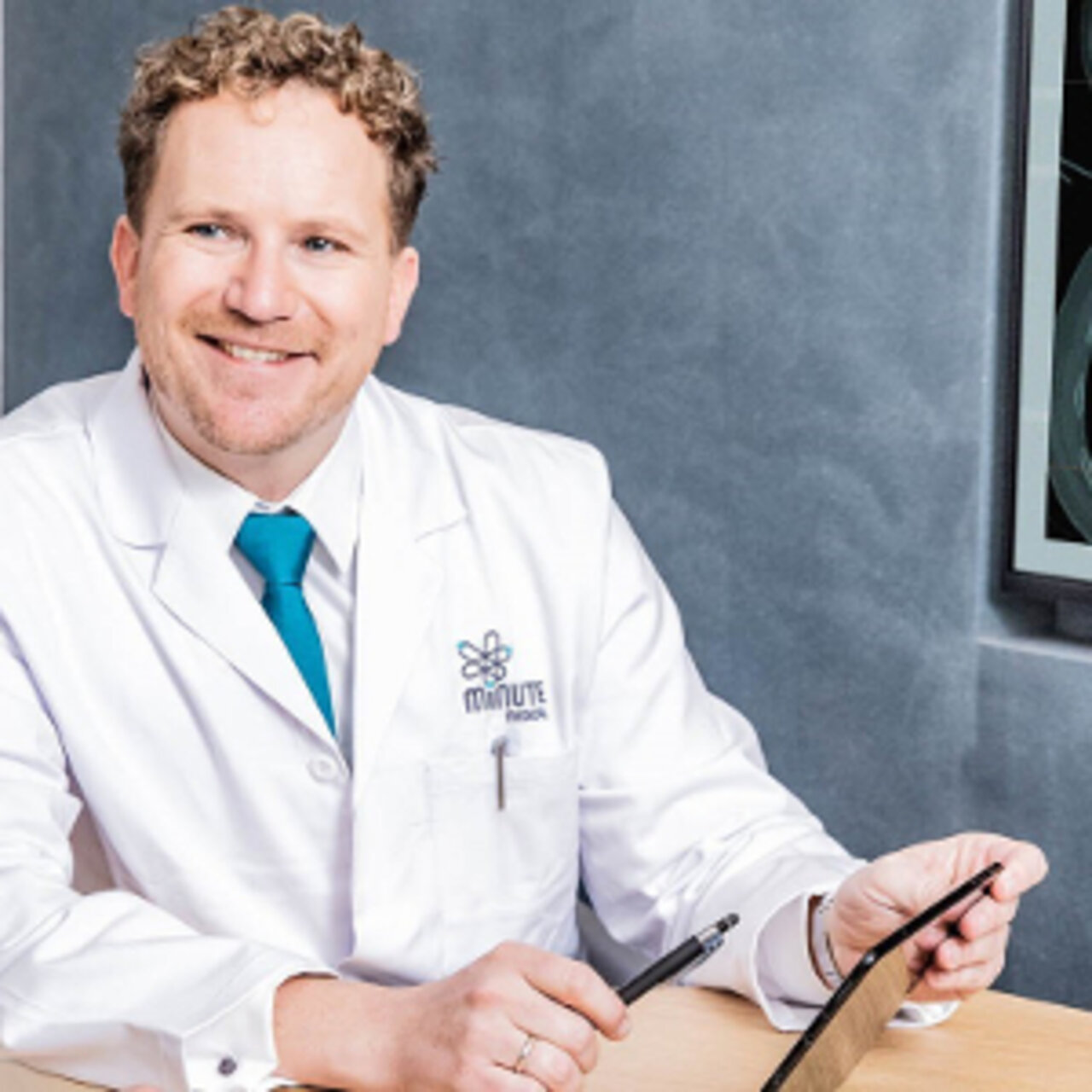Specialists in Neuroendocrine Tumours
10 Specialists found
Information About the Field of Neuroendocrine Tumours
What Is a Neuroendocrine Tumor?
Neuroendocrine tumors are rare cancers that arise from hormone-producing cells. These cells originate from the nervous system and distribute hormones to transmit information. Therefore, neuroendocrine tumors can usually spread hormones as well.
NETs are classified into grades based on their growth rate, which is done by measuring how many tumor cells are in the stage of cell division at the time of measurement. Low growth rates denote tumors in which only a few cells of the entire tumor are currently in such a stage. Tumors with rapid growth rates are also called neuroendocrine carcinomas.
How Does a Neuroendocrine Tumor Develop?
Unfortunately, from today's medical perspective, it is still unknown why a neuroendocrine tumor develops. In a few cases, these tumors develop due to a genetic alteration. Hereditary syndromes that can cause a neuroendocrine tumor include:
- MEN1
- Tuberous sclerosis
- Von Hippel-Lindau syndrome
- Neurofibromatosis
- Pituitary adenoma
Symptoms
NETs are most commonly found in the digestive tract and pancreas. Depending on which and how much hormones are distributed, there may be different symptoms with varying severity. Hormones can cause heart palpitations, diarrhea, flushing of the skin, weight loss, or inner restlessness, among other symptoms. Tumors that do not produce hormones are noticeable due to pain caused by displacement once they have reached a specific size.
Diagnostics
For diagnosis, urine and blood samples are taken and examined for excess hormones and tumor markers. In addition, various imaging techniques are used to visualize the tumor. First, an ultrasound of the abdomen is performed. Either magnetic resonance imaging or computed tomography is carried out for more detailed imaging and surgery planning. A so-called PET-CT can confirm abnormalities in such imaging procedures. In this form of imaging, radioactive-labeled substances are applied into the body through a vein, causing tumor tissue to light up.
Neuroendocrine Tumor Therapy
For small tumors without metastases, surgery is carried out. If the tumor can be removed entirely, treatment is complete. For larger tumors, chemotherapy may be helpful prior to surgery to reduce the size before the tumor is removed. Chemotherapy after surgery is also a possibility. A newer therapy method is tyrosine kinase inhibitors, which is a drug that specifically blocks the receptor that gives the cell the command to grow. The effect is good, and there are very few side effects.
Are Neuroendocrine Tumors Curable?
As with all tumors, the prognosis of NET depends on how large the original tumor is and whether metastatic masses have already formed. In the case of a small tumor without metastases, surgical removal may mean a cure. If metastases are present, the cells there must be devitalized, or their growth slowed by chemotherapy. The individual therapy decision depends on the health conditions of the patient. Young patients without pre-existing conditions can endure more intensive therapy, while older patients with pre-existing conditions must weigh the benefits against the harms.
Which Doctors and Clinics Are Specialized in NETs?
Neuroendocrine tumors are rare and very diverse, and complex in their clinical picture. Therefore, patients require comprehensive and very close interdisciplinary care from surgeons, nuclear medicine physicians, interventional radiology, gastroenterology, and pain management. In certified NET centers, the best possible care is ensured for affected patients.
We help you find an expert for your disease. All listed physicians and clinics have been reviewed by us for their outstanding specialization in neuroendocrine tumors and are awaiting your inquiry or request for treatment.
Sources:
Klöppel: Neuroendokrine Neoplasien. In: Der Pathologe. Band: 40, Nummer: 3, 2019, doi: 10.1007/s00292-019-0594-3, p. 211-219.
Chai et al.: Gastroenteropancreatic neuroendocrine neoplasms: selected pathology review and molecular updates. In: Histopathology. Band: 72, Nummer: 1, 2017, doi: 10.1111/his.13367, p. 153-167.
Neumann: Symptomatik und Diagnostik neuroendokriner Tumoren.Abgerufen am: 27.08.2019.
Holzer: Gastroenteropankreatische neuroendokrine Tumoren. In: Der Chirurg. Band: 85, Nummer: 8, 2014, doi: 10.1007/s00104-013-2679-5, p. 731-744.
Begum et al.: Neuroendokrine Tumoren des Verdauungstrakts – Daten des deutschen NET-Registers. In: Zentralblatt für Chirurgie - Zeitschrift für Allgemeine, Viszeral-, Thorax- und Gefäßchirurgie. 2020, doi: 10.1055/s-00000104, p. .
Weber, Dralle: Chirurgische Aspekte bei kleinen neuroendokrinen Dünndarmtumoren. In: Der Chirurg. Band: 89, Nummer: 6, 2018, doi: 10.1007/s00104-018-0607-4, p. 428-433.
Radulova-Mauersberger et al.: Rektale neuroendokrine Tumoren: chirurgische Therapie. In: Der Chirurg. Band: 87, Nummer: 4, 2016, doi: 10.1007/s00104-016-0153-x, p. 292-297.
Rinke, Wiedenmann et al.: S2k-Leitlinie Neuroendokrine Tumore. In: Zeitschrift für Gastroenterologie. Band: 56, Nummer: 06, 2018, doi: 10.1055/a-0604-2924, p. 583-681.
Siewert: Praxis der Viszeralchirurgie. Springer 2013, ISBN: 978-3-662-09420-4.
Böcker et al.: Lehrbuch Pathologie. 6. Auflage Elsevier 2019, ISBN: 978-3-437-17143-7.
Kumar et al.: Robbins and Cotran Pathologic Basis of Disease. Elsevier 2014, ISBN: 978-1-455-72613-4.
Sun, Kaufman: Ki-67: more than a proliferation marker. In: Chromosoma. Band: 127, Nummer: 2, 2018, doi: 10.1007/s00412-018-0659-8, p. 175-186.
Herold: Innere Medizin 2019. Herold 2018, ISBN: 978-3-981-46608-9.









